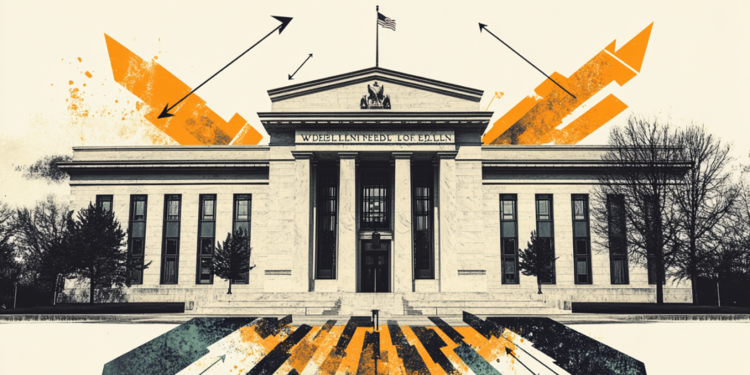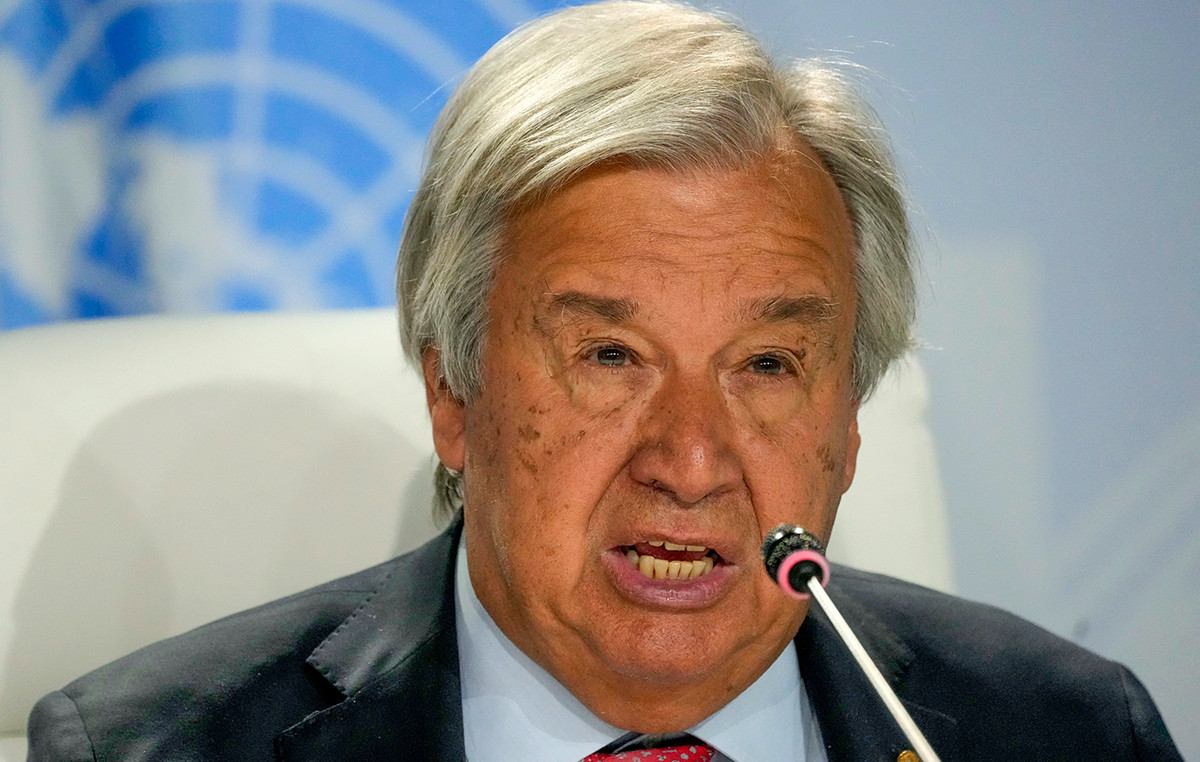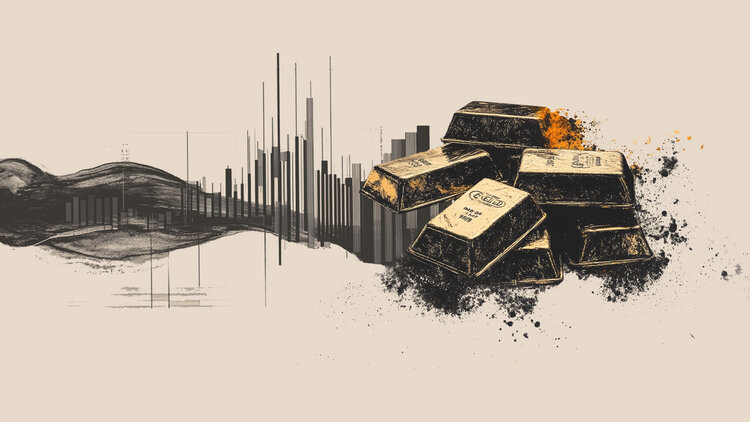Ever since President Vladimir Putin gave the order for Russian troops to invade Ukraine, the common international response has focused on how best to end the ground war. That meant sending in conventional military equipment – tanks, missile systems, artillery – and training Ukrainian soldiers.
Not bad for an organization that France’s President Emmanuel Macron warned in 2019 was facing “brain death”.
Russia’s aggression was not restricted to the battlefield. Even before the invasion, NATO officials noted an increase in unconventional warfare aimed at Ukraine and other Western targets. Since the beginning of the war, disinformation, energy restrictions and cyberattacks on infrastructure have been used as weapons by the Kremlin to justify and promote its war.
“A weapon, in its broadest definition, is something you can use to coerce someone into doing what you want. You can put a gun to their head, you can blackmail them, you can spread disinformation to turn others against them, or you can turn off the power to their homes,” said David van Weel, NATO assistant secretary general for emerging security challenges. .
These weapons are not just aimed at the target, which in this case is Ukraine. “Russia claims that NATO promised never to expand eastwards after the dissolution of the Soviet Union. And although we’ve debunked it for years, you see it keeps coming back. And there’s definitely a percentage of our population that falls for that kind of misinformation,” said van Weel.
These types of attacks can have a very real impact on the world, explained van Weel, referring to a cyberattack that destroyed German wind farms last year. It is commonly accepted that energy security has been a key feature of the war in Ukraine, with Russia using energy as a weapon against Western allies.
Much of the Western focus since the beginning of the war has been on defense spending. It’s no secret that the vast majority of NATO allies have for years fallen far short of their 2% target, something that has long enraged officials at NATO headquarters in Brussels.
A common explanation for why this happened is that, in the post-Soviet era, Western countries became complacent, feeling that they had won the Cold War.
“Countries themselves far from invasion felt that distance would lead to security and could continue to ignore the growing urgency of investing in hard security,” said Keir Giles, senior fellow at the London-based think tank Chatham House.

“Spending 2% of GDP on defense should be a baseline – the minimum level of defense budget credibility. Over time, cynical countries that didn’t feel at risk would point to the 2% spend to claim they were doing enough in defense. But in reality, there was no stipulation on how that 2%, even if they reached that threshold, would be spent, so it was never an indication of how prepared or useful they might be,” added Giles.
Photos –
Source: CNN Brasil
Bruce Belcher is a seasoned author with over 5 years of experience in world news. He writes for online news websites and provides in-depth analysis on the world stock market. Bruce is known for his insightful perspectives and commitment to keeping the public informed.







